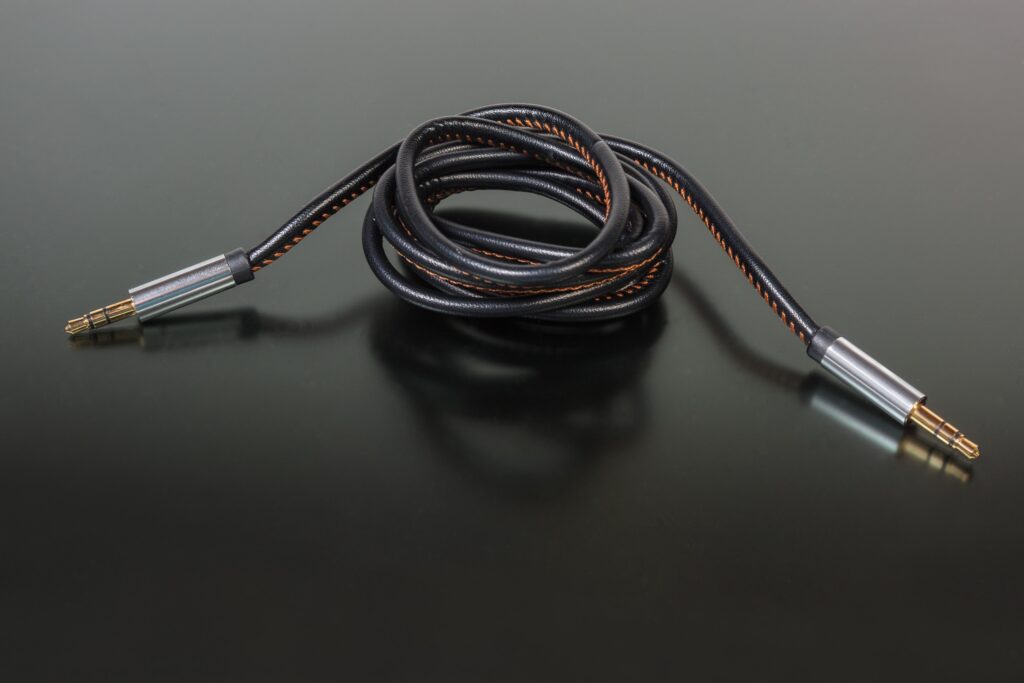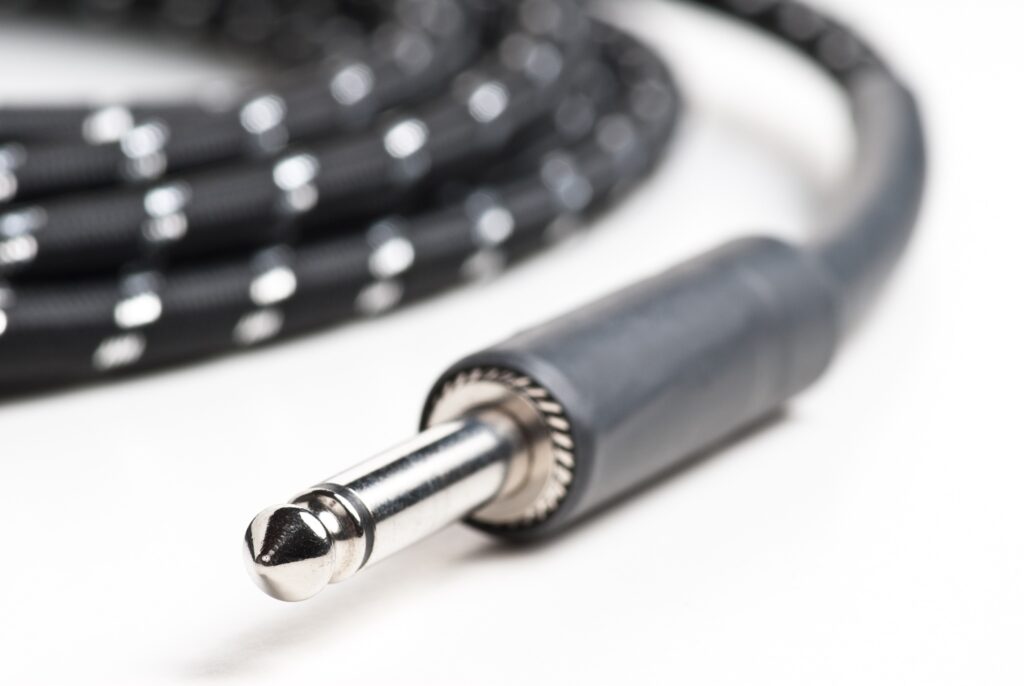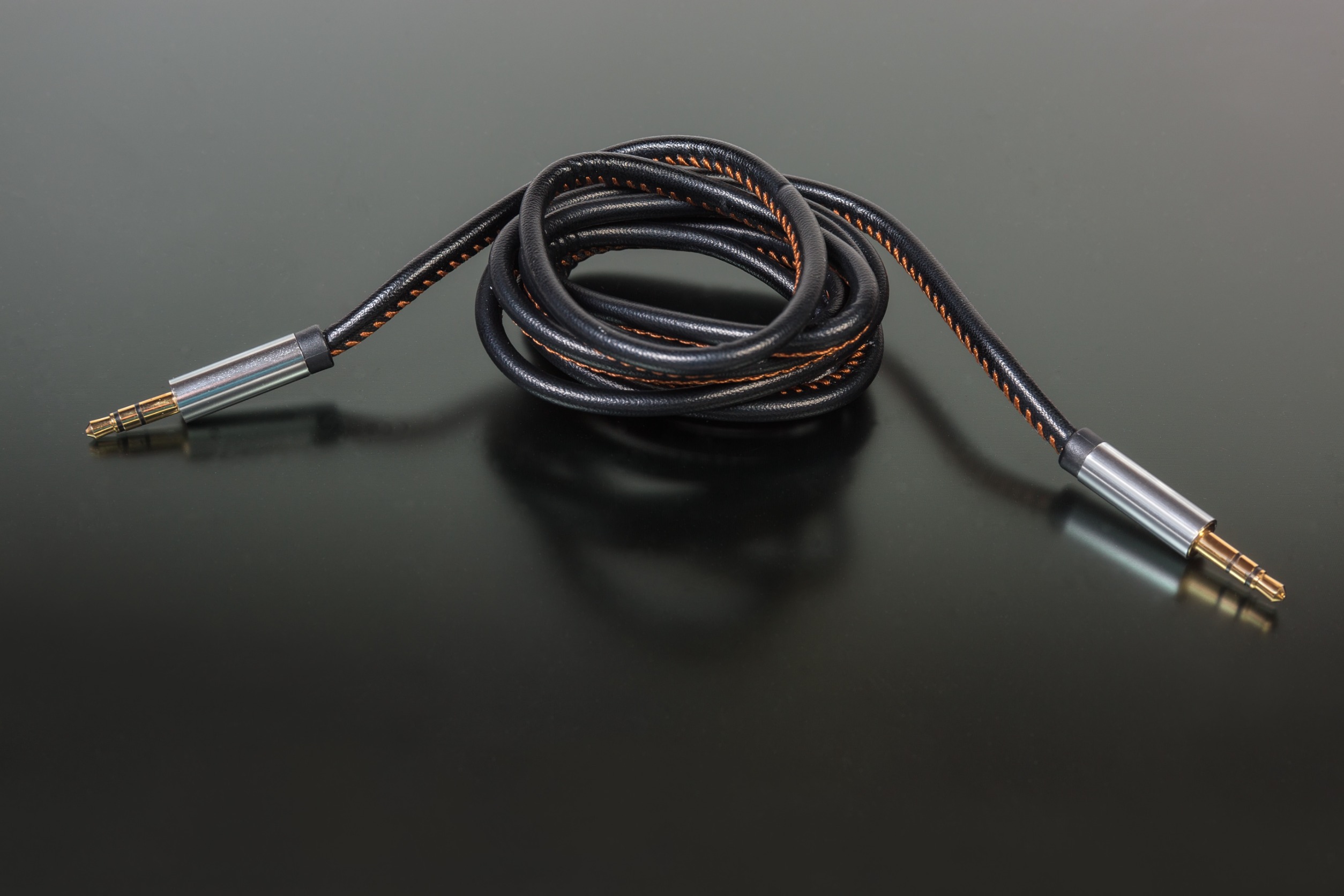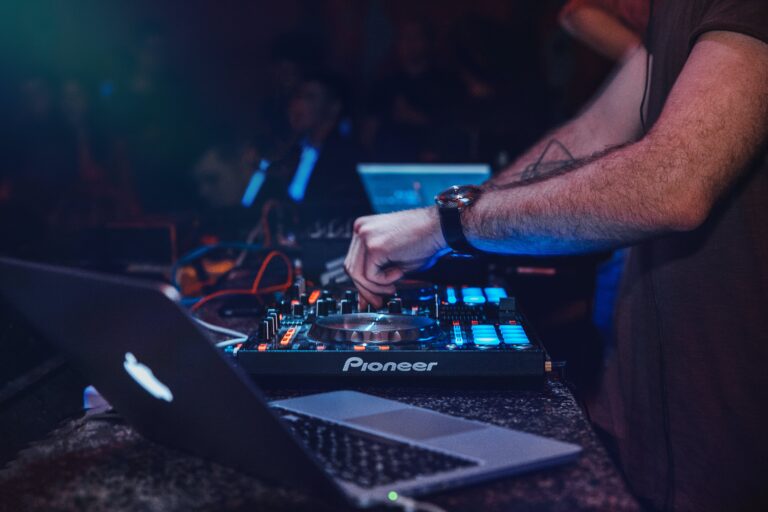Can You Use a TRS Cable for Guitar?

Many options can amplify the guitar’s volume levels during live performances and studio recordings. Cables are the most common amplification method in that guitars can connect directly to a speaker or an amp. However, can a cable like TRS be used with a guitar?
It’s possible to use a TRS cable with a guitar. Guitar playing with a connected TRS cable won’t damage the guitar but will reduce the sound quality of the sound it produces. Guitars don’t have optimal stereo sounds for TRS cables. For the best audio quality, use a TS cable for guitar playing.
Let’s discuss why TRS cables can be connected to guitars and whether or not it is worth it. You’ll also learn about some differences between the TRS and TS cables.
What Happens When You Connect a TRS Cable For Guitar Playing?
When connecting a Tip Ring Sleeve (TRS) cable to a guitar, the guitar’s sound quality won’t be great. When performing or recording music, you want the sound your instrument produces to be as high-quality as possible.
This is because TRS cables are built to handle balanced connections from multiple connections. Guitars don’t produce a balanced signal, which is required of the tip and sleeve connections in your TRS line.
The “Tip” connection (first conductor) is in charge of the left/positive audio channel, and the “Sleeve” (third conductor) is in charge of the ground connection (synchronizing and balancing both left and right audio), the “Ring” connection (second conductor) is the right/negative audio channel that a guitar’s jack lack.
Why Can’t Guitars Use TRS Cables?
TRS cables are purposed primarily for stereo signal types with some functionality with mono signal types. They operate better by displaying a device’s sound using all the connections.
Because a guitar’s jack only uses the Tip and Sleeve portions, it will produce a monotone sound. This means the Sleeve connection will not balance the left and right audio, as the Ring connection is completely absent.
If wanting to utilize a TRS cable fully and produce quality sounds while playing the guitar, you must connect the TRS cable to a TRS-optimized jack, such as a public address (PA) system. If you know anything about connecting electric guitars to PA systems, you know this won’t work out with some extra steps.
Connecting a TRS cable to a guitar will not harm the guitar, so it is safe if you need one.
When Would You Use a TRS Cable for Guitar Playing?
The only time you should use a TRS cable with a guitar is when no other cable is available to project the sound of your guitar.
TRS cables should not be the first type of cables considered when needing to play or record the guitar live. A Tip and Sleeve (TS) cable is highly preferred.
Is There Anyway I Can Use a TRS Cable for Playing Guitar?
If no other options are available and a TRS is the only choice, consider finding another device to connect your guitar via the TRS cable. Devices such as amplifiers or other audio interfaces improve the sound produced by a guitar connected to a TRS cable. To do so, connect one end of the TRS cable to the TS jack in the guitar and the other to a TRS device.
This can also be applied to devices like stereo effect pedals that manipulate input/output signals and PA systems.
Some guitars do include a TRS jack rather than the normal TS jack. However, they are somewhat rare. If you have a guitar with a TRS jack, use a TRS cable rather than a TS cable.
Unless you have a guitar that specifically has a TRS jack or devices that a TS jack guitar can connect to, it is not worth using a TRS cable often. You will ultimately hinder the TRS’s capabilities if you connect it to a guitar.
What is The Difference Between a TRS and TS Cable?

The primary difference between TRS (uncommon for guitar playing) and TS (most common for guitar playing) is the number of conductors in the cable.
A TRS cable is a balanced cable, while a TS cable is an unbalanced one. This is just another way to identify the Ring connection difference. Another way of seeing this is that a balanced line has two signals and a ground, while an unbalanced cable has one signal and one ground.
A TRS cable will heavily reduce and suppress noise and other interference transmitted through the device it is connected to. While a TS cable can do a similar job when connected to its respective jack, it is not as high quality compared to TRS, as TRS cables are purposed for larger studios and recordings.
TRS cables are usually for larger projects. Record label companies and venue organizers benefit the most from using them, as they can be connected to various instruments and sound devices.
TRS cables are more expensive than TS cables, regardless of cable length and brand. TS cables cost between $8 and $15, while TRS cables cost $12 to $25. You can purchase TS and TRS cables at any music store and from many online retailers.
Overall, a TRS cable is no better than a TS cable, as each operates differently and should be used appropriately. However, when playing the guitar, a TS cable will produce higher-quality sound than a TRS cable.
Wrap Up
Now that you know that a TRS cable can be connected to a guitar without damaging it, it is up to you what kind of cable you connect to your guitar.
Keep your TRS and TS cables separate, as they look extremely similar, and you don’t want to get them mixed up, especially if you will be performing for an audience soon and want your music to sound as good as possible.









